Spanish Summer Camp While Traveling Abroad
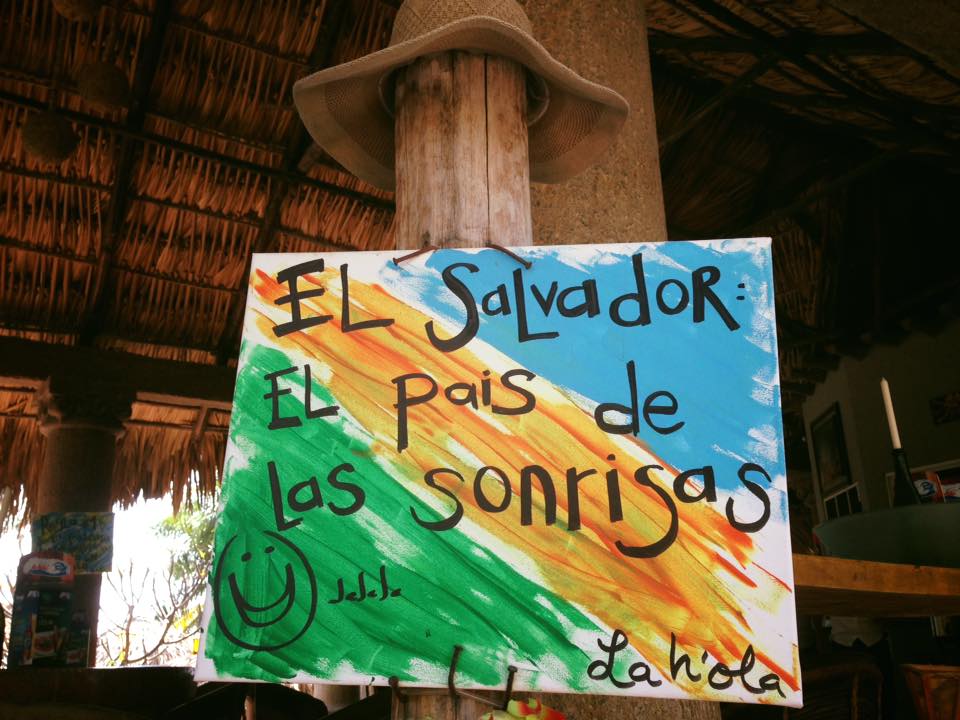
Fluency in a language comes from practice. Especially, if the minority language is only spoken at home. As an immigrant in the USA, I have had the opportunity of traveling with my kids to my home country to expose them to my language. This opportunity has given them the ultimate cultural experience and connection to their family abroad.
Excited, with the summer break coming, we packed our bags and head out to my beloved Central American Nation of El Salvador. Why not? Children who learn multiple languages have a sense of cultural appreciation and understanding. The Language can provide enhanced insight into family history, stories, and traditions. Children who have cultural awareness, develop a positive sense of identity and build self-esteem.
Traveling to a place where most people only speak Spanish, obligated the kids to use the target language (listen, understand and speak) the most. They got more practice which provided a cultural experience that shows the importance of learning the minority language outside of the home.

Spanish at the Summer Camp
Somos Fun @funtolearn #lohacemosfun was the place where my kids spend 3 weeks just learning, and practicing Spanish. They had swim lessons, soccer lessons, and lots of active things to do. You learn by playing and doing. I can’t say enough good things about this Camp. Check them out here: http://www.somosfun.com/
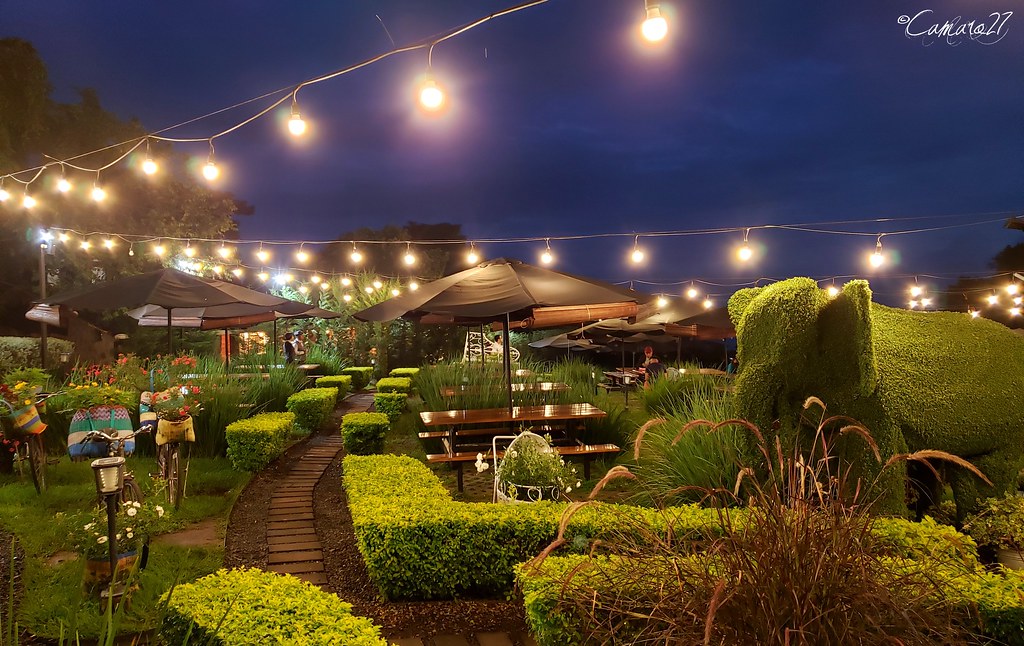
Lago de Coatepeque
We went to this lake located in the heart of a volcanic crater. At 10 miles in diameter, it’s one of the largest lakes in El Salvador. This lake was formed nearly 72,000 years ago by a series of eruptions and volcanic collapses. It remains today as one of the country’s most beautiful natural sites.

Kids were excited about activities at Lake Coatepeque: swimming and water sports, with sailing, kayaking, waterskiing, and scuba diving all possible.
Trip to the Volcano of S.S
We went to The San Salvador volcano where there were tons of things to do: We ice skated, met some Saint Bernard dogs, and enjoyed the view from the top.
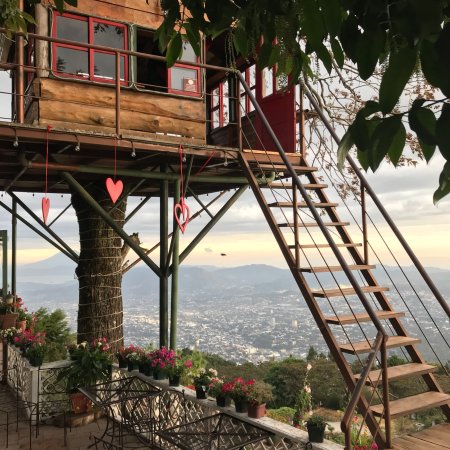

On the other hand, if your thing is hiking then there is the Santa Ana Volcano (Volcán Ilamatepec). This volcano, is El Salvador’s biggest and most active volcano, last erupting as recently as 2005.
Scaling the 2,381-meter peak of Santa Ana is a popular challenge for hikers. a 1.5-hour trail climbing up from the scenic San Blas and affording spectacular views of the neighboring Coatepeque caldera, and Izalco volcano.
From the summit, the views span the entire National Park. Certainly, equally impressive is the terrain found at the top of the volcano. You can walk around the rim of the crater, looking out over the calderas and an emerald green crater lake.
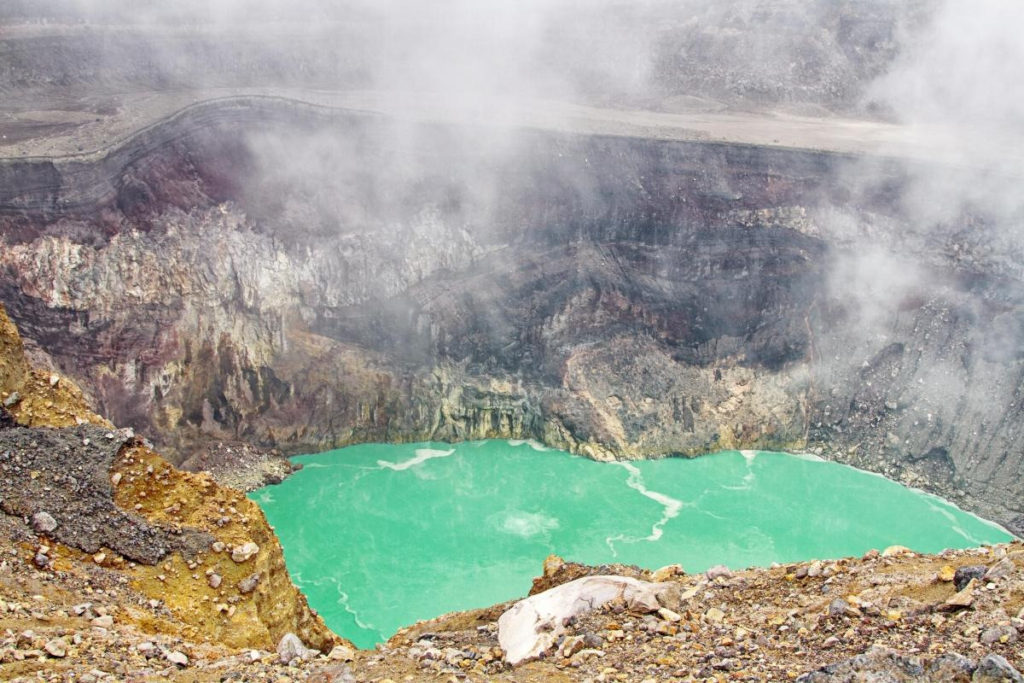
Getting my Feet Wet in the Beaches of El Salvador
Surf City, one of the world-famous surfing destinations! And a place that I love. A little beach town in El Tunco, where the waves draw surfers from around the globe. It has a laid-back vibe and plenty of small eateries lining the narrow streets to the beach. El Salvador and Surf city hosted the 2020 ISA World Surfing Games 2020.
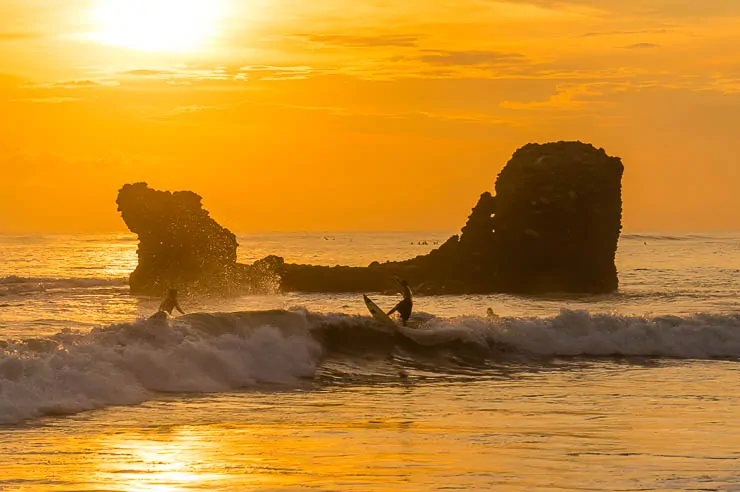
El Salvador is a small country and has miles and miles of the pacific coast. The combination of vast ocean and storms creates perfect waves in many spots throughout El Salvador’s coast. Therefore, while visiting you should not only learn some Surfing, but you also get to experience amazing sunsets and eat flavorful fresh seafood right on the shore.
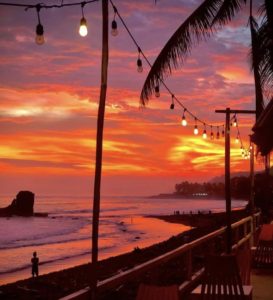
National Theater of El Salvador
San Salvador’s magnificent National Theatre of El Salvador (Teatro Nacional de San Salvador) was built around 1917. The Teather is not only one of the city’s principal landmarks, but a National Monument and the oldest theater in Central America.
Designed by French architect Daniel Beylard, the building is among the capital’s most notable works of architecture, with its stately Neo-classical façade giving way to lavish French Renaissance interiors, including a grand mural by Salvadoran painter Salvador Carlos Cañas.

As of today, the 650-seat theater remains the heart of Salvadoran performing arts, hosting an ever-changing schedule of classical concerts, theater, folk music performances, and art workshops.
Amazing Food
Eating “pupusas” is a must-do if you want to get to know the food in El Salvador. However,iIf you decide not to like them, try them, but don’t let us know!
Pupusas are thick flatbread (or corn tortillas) filled with different ingredients like beans, meat, vegetables, and cheese. It is a staple, we eat them any meal, any day, and they are available wherever you go.
No fork and knife needed just tomato sauce and a pickled coleslaw that has oregano, and vinegar similar to Sauerkraut.
Another food we definitely love is seafood! oysters, seashells, and ceviche you can’t miss either of those when in El Salvador!
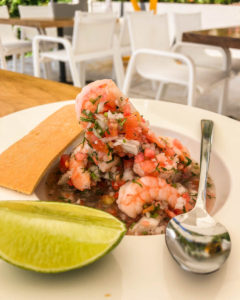
Whatever you choose to do next summer, just remember that language exposure traveling abroad is about the experience. You may start with a short trip to make connections and learn about other countries. Ultimately, you may choose to visit multiple countries over time when the language you are targeting allows for that. However, whatever your goal is, explore, even visit El Salvador. Get to know people and their culture. Don’t give up, use every opportunity to expose kids to the target language anywhere in the world.

